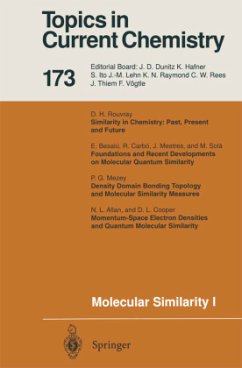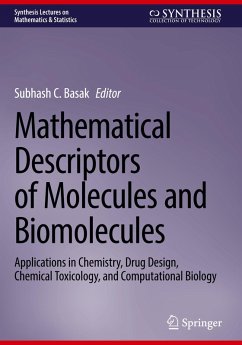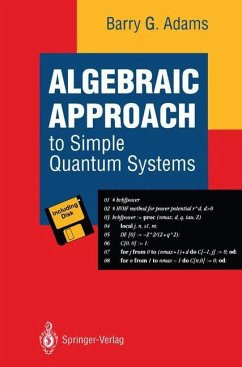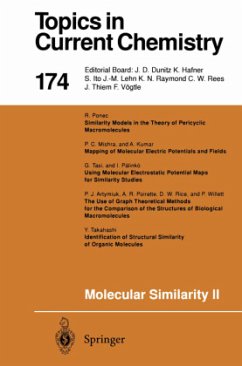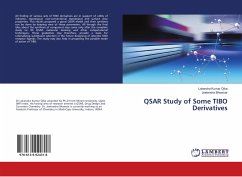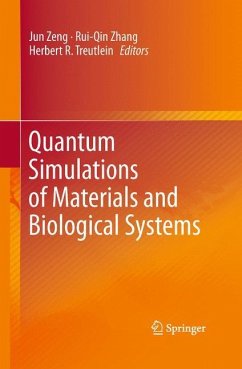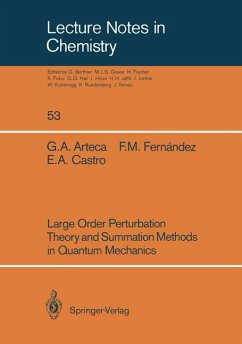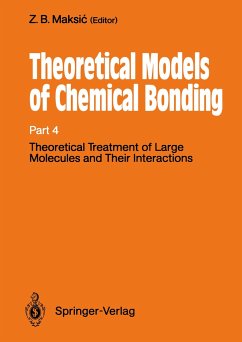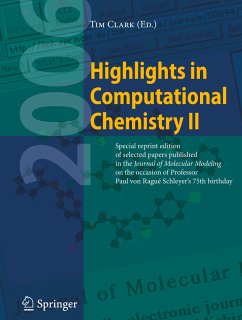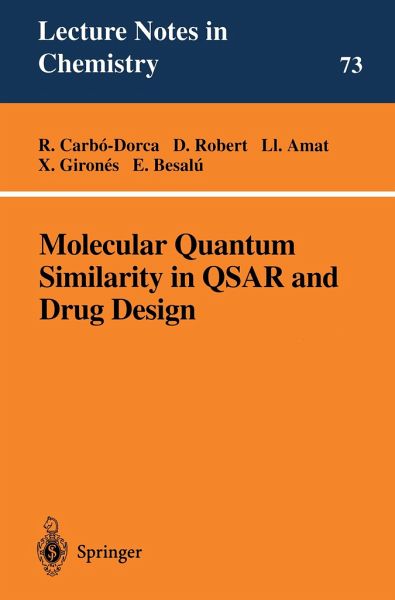
Molecular Quantum Similarity in QSAR and Drug Design

PAYBACK Punkte
20 °P sammeln!
The authors introduce the concept of Molecular Quantum Similarity, developed in their laboratory, in a didactic form. The basis of the concept combines quantum theoretical calculations with molecular structure and properties even for large molecules. They give definitions and procedures to compute similarities molecules and provide graphical tools for visualization of sets of molecules as n-dimensional point charts.





